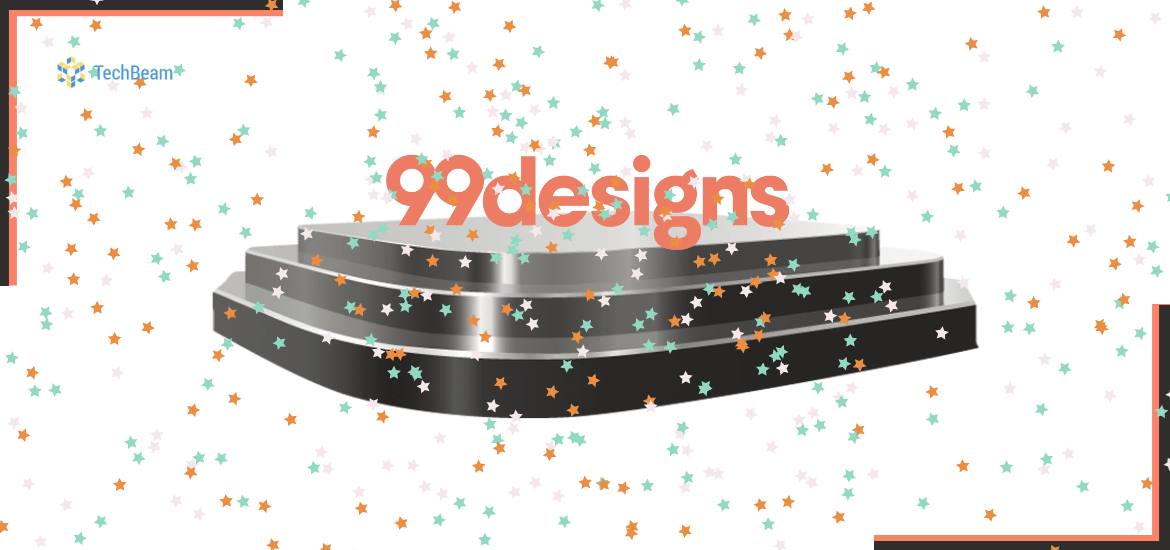An essential component to making a successful website is its design, quality, and responsiveness, especially when it is an e-commerce website. Unlike informational websites or lifestyle blogs, sometimes it is tricky to design an eCommerce website. You don’t just focus on improving the quality of your products but also make them user-friendly. Today, we’ll discuss 10 eCommerce website design tips to help you get more customers. You’ll learn about various tactics and concepts that can help you grow your company and increase revenue.
10 eCommerce Website Design Ideas to Help You Connect with More Buyers
All these suggestions are simple to execute, so give them a try. Test all the tips to see if they are helpful for your company’s growth. Take a look at these eCommerce website design tips:
Create a Mobile-Optimized Website
Content covers the screen without abounding and is easy to browse on a mobile-friendly e-commerce website. About 70% of people will use their phones to browse your website. If your site is not mobile-friendly, buyers will immediately close the site. So, remember to keep your e-commerce store mobile-friendly.
A decent website developer will automatically transform your website into a mobile-friendly website. As you all know, e-commerce websites are wholly online-based. That’s why it is essential to have a mobile-responsive website so that everyone has an equal opportunity to shop with you.
Keep Your Most Profitable Products at the Front of the Showcase
Initially, you should display the most popular product in the showcase of your eCommerce store. This can indicate that the products are more in demand, the patrons who adore them the most, or the products that earn you the most money.
To promote these top products, use contrasting colors to draw attention to them, fine-tune the layout or size of the photos, and make banners. You will get more sales if you can divert people’s attention away from the best products you wish to promote. It’s the same as creating a display near a high-end product or putting it on a brick-and-mortar shelf at eye level.
Use High-Quality Images
Great photos can aid you in showcasing your products and your brand’s personality. A thousand words are more ineffective than a picture. This is a significant problem for an eCommerce website that doesn’t have much space to spare. Your photographs should be high-resolution and focused so that they can show your company’s value.
It is best to take many images of each product and form a slideshow for each product listing. A consumer may need to see a product in action before deciding whether or not to purchase it. The whole online store pivots around the product images.
Create a pop-up sign-up form
An adequate pop-up registration form, the pop-up provides an incentive while being non-obtrusive.
Many successful eCommerce websites operate a quick pop-up signup sheet. Why? This is beneficial for re-marketing. Remarketing is essential because some viewers can only conduct prior research, assessing their alternatives and checking availability and cost.
You may re-engage the potential consumer after they’ve had time to explore their alternatives by gathering their email addresses. If you send them a quick email at the ideal time, they will choose to proceed with your store.
Implement SEO Practices
When it arrives on your eCommerce website, SEO cannot be overstated. Search Engine Optimization (SEO) is a method to increase the rank of your e-commerce website on search engines by moving it up the search results page. If you put a lot of effort into SEO, your website will gain greater visibility, more views, and a larger target audience.
When it comes to SEO for eCommerce websites, there are three main points to consider:
- Use suitable keywords.
- Create attractive product descriptions.
- Make the most of the built-in tools.
Keep it Secure and Simple
It’s all too easy to overcrowd your website with pictures and content without the help of website developers. On the other hand, users will not be able to understand what they want. Last, but not least, they’ll likely spend a single minute clicking around on your website just before they leave it.
You should also avoid accumulating clutter. Too much advertising might annoy and possibly drive users away from your site. You also want to make sure that your online website makes it simple for your visitors to locate anything they might want to consider.
The best part is that you should think about your customers’ wants while designing your website. Everything should be visible, and finding vital information should not take more than two clicks. It would be beneficial if your website included all of the following features, such as consistent color palettes, fonts that are easy to read, or navigation buttons and links.
Create Unique Content
This website is simple to scan since it makes use of color and alignment to indicate how the information is co-related. Making your site easy to scan is another aspect of simplicity. A buyer does not want to waste time trying to figure out how to use your store. They visit the website, shop, and buy something before leaving.
Make use of headers and tag your store’s various sections. If you deal in many product categories, a user should be able to browse your website and view each category that they could be interested in. Try to keep the paragraphs short, utilize several header sizes, use numbered or bulleted lists, and include graphics.
Don’t Cheat your Potential Buyers
On your eCommerce website, lying and utilizing gimmicks will not work. Buyers like to see reasonable prices listed. So, they understand what to expect when they arrive at the checkout. Payment and shipping charges will not be estimated until the order is complete. However, try to avoid any concealed fees or other charges.
A higher-than-expected price will probably drive a potential buyer to leave their basket and go to the competitor’s website.
Always Create a Website with User Experience
You must think like your audience if you want your eCommerce Web Design tips to connect with them. Finally, all your potential buyers want from an eCommerce experience is a site that is simple to access, well-designed, and makes buying simple, uncomplicated, and hassle-free.
This might include things like making your products easy to buy, employing a seamless interface, creating product descriptions, and thinking about your color palette. By communicating with your buyers through social media, surveys, or other forms of organization, you can receive actual feedback.
Put yourself in your visitor’s shoes during the design process. What type of layout will be the most user-friendly for them? How can you structure your products such that the end-user can understand them? How can you make the checkout process easier?
When you start thinking like your buyer, you can predict what your customers want from your e-commerce website and then create your website to satisfy those demands.
Stay Focused on Your Goals
There is only one reason for making an e-commerce website, and that is to earn money. Every decision you make in your online business will eventually show sales and profit. By employing all of the e-commerce website design tips on the list, you should be able to reach more buyers and make more money.
Conclusion
A well-designed e-commerce website may help your company grow. You’ve just remembered a few eCommerce website design tips to help you succeed in your reach. Employ these 10 e-commerce website design tips to get more customers.
You must ensure that you have the necessary tools to keep you liable as you become older and achieve more success. You’re keen on taking your online store to the next step.




